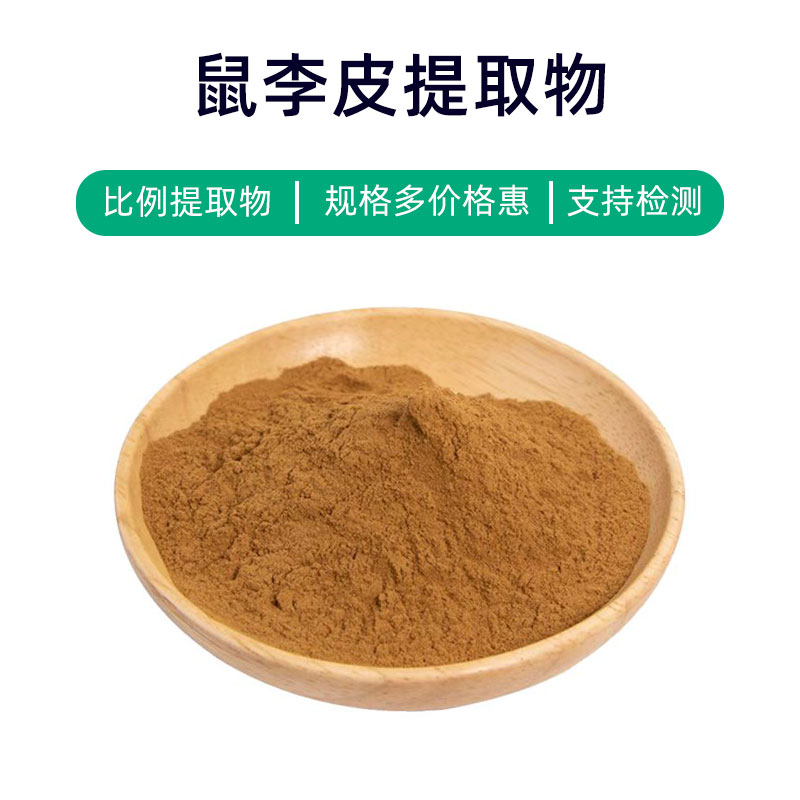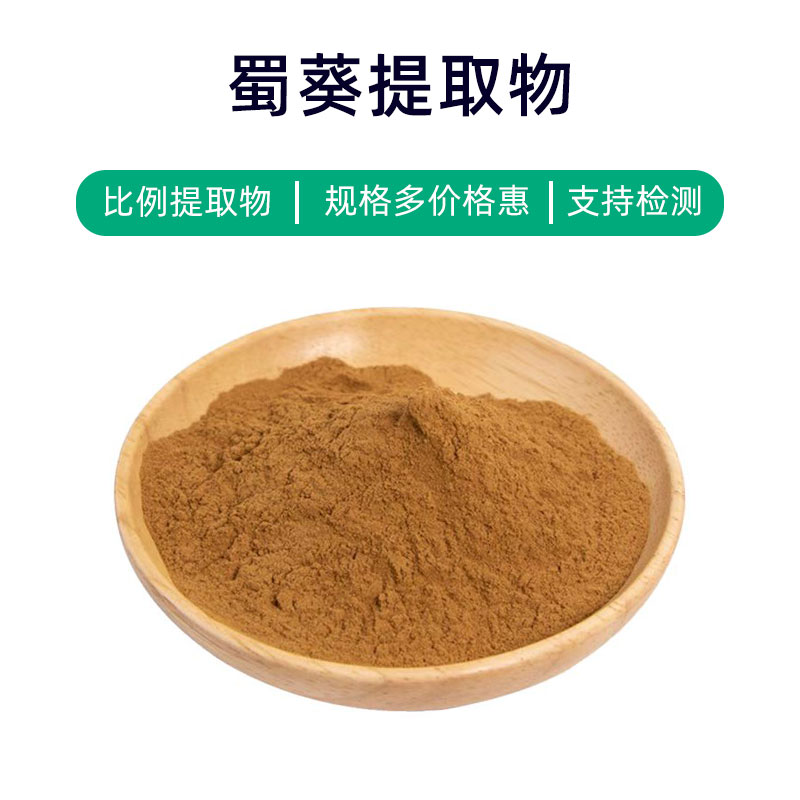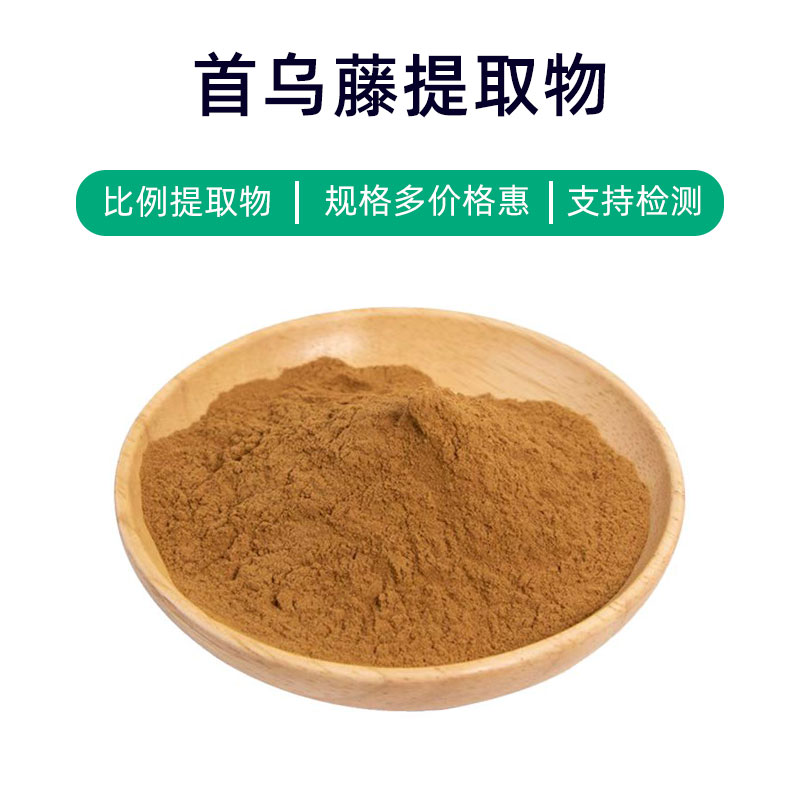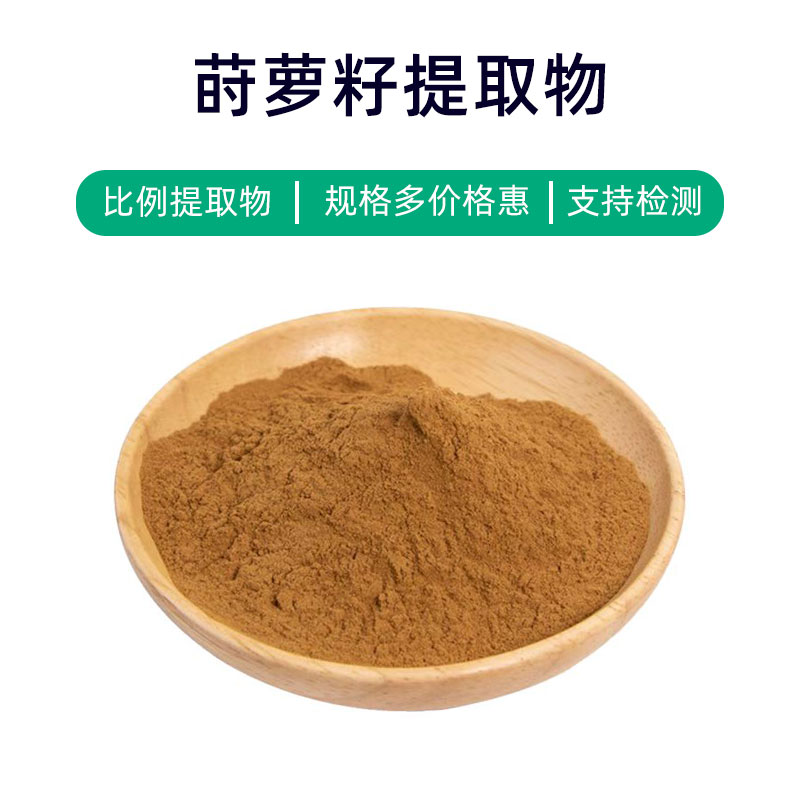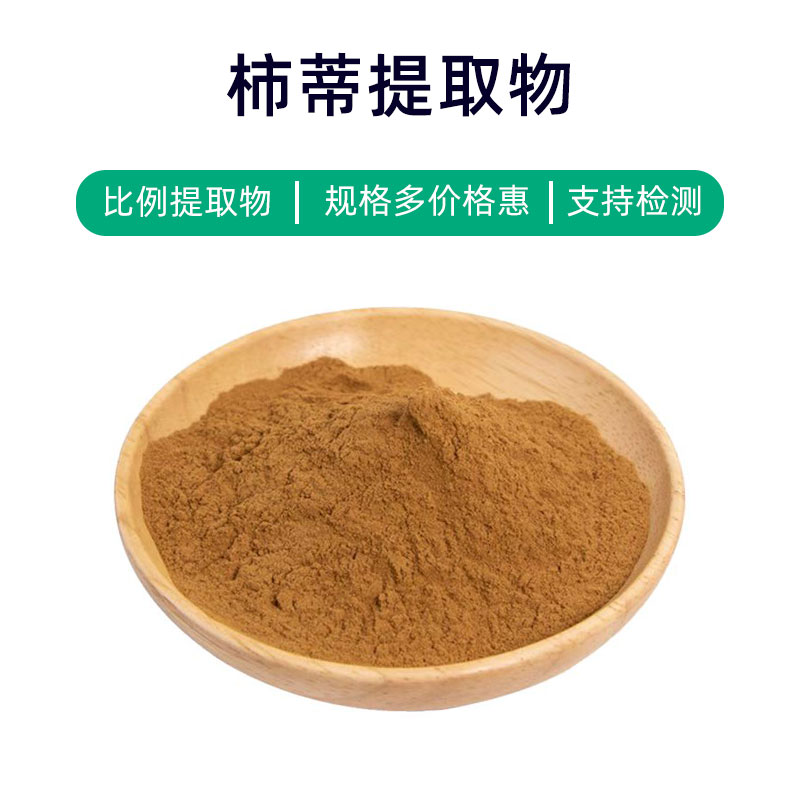Introduction to Woodruff Extract
Woodruff extract is a natural plant extract derived from the above-ground parts of the Woodruff plant (Asperula odorata). Its main components include coumarin, polysaccharides, and volatile oils, among others. Woodruff extract has various effects and applications.
First, Woodruff extract is often used as an additive in the food and pharmaceutical industries. It serves as a natural flavoring agent, imparting a fresh aroma and taste to foods. Additionally, due to its rich volatile oil content, it is commonly used in pharmaceuticals to enhance taste and aroma, improving the consumer experience.
Second, Woodruff extract also holds certain health benefits. It is rich in active components like coumarin and polysaccharides, which have antioxidant, anti-inflammatory, and antibacterial properties that help boost the immune system and prevent disease.
Moreover, Woodruff extract is used in the cosmetics sector. Its natural fragrance and antioxidant qualities make it a common ingredient in skincare products. Woodruff extract can be found in skincare items, where it works to soothe, hydrate, and combat aging, benefiting skin texture and delaying the signs of aging.
In summary, Woodruff extract, as a natural plant extract, has broad applications in the food, pharmaceutical, and cosmetics industries, providing products with unique fragrances and benefits while satisfying consumer demand for natural and healthy options.
Production Process of Woodruff Extract
The production process of Woodruff extract typically involves the following main steps:
- Raw Material Preparation: Fresh, clean Woodruff plants are selected as raw materials. Ensuring quality and purity is crucial for the final product's quality.
- Grinding and Crushing: The harvested Woodruff plants are ground and crushed to enhance extraction efficiency. This is usually done by adding the plants to a grinder or pulverizer until they reach a powdered or finely crushed state.
- Extraction Process: Appropriate extraction methods are selected, commonly including water extraction, ethanol extraction, and supercritical fluid extraction. During this process, the crushed Woodruff is mixed with an extracting solvent (such as water or ethanol) and subjected to heating and stirring to promote the dissolution and extraction of active components.
- Concentration and Separation: After extraction, the solution needs to be concentrated and separated to eliminate moisture and impurities, yielding pure Woodruff extract. This is typically performed through evaporation, concentration, or freeze-drying methods.
- Filtration and Purification: The concentrated extract is filtered and purified to remove any remaining solid particles and impurities, ensuring the purity and quality of the extract.
- Quality Testing: The extract undergoes quality testing, including active ingredient content and checks for harmful substances like microorganisms and heavy metals to ensure compliance with relevant standards and regulations.
- Packaging and Storage: Finally, the extract is packaged and sealed to protect it from oxygen, light, and moisture that could affect its quality. It should be stored in a cool, dry environment, avoiding high temperatures and direct sunlight to extend its shelf life and stability.
Following these processes, high-quality, pure Woodruff extract can be produced to meet the diverse needs of various industries.
Effects and Side Effects of Woodruff Extract
Woodruff extract has a variety of benefits, primarily in the following areas:
- Antioxidant Effects: Rich in polyphenolic compounds, Woodruff extract exhibits significant antioxidant properties, helping to eliminate free radicals, slow cellular aging, and protect cells from oxidative stress damage.
- Anti-inflammatory Effects: Active components in Woodruff extract can inhibit the occurrence and development of inflammation, alleviating pain and discomfort associated with inflammatory reactions.
- Diuretic Effects: It contains substances that promote urination, helping to increase urine output and assist in expelling waste and toxins from the body, which contributes to urinary tract health.
- Antibacterial Effects: Woodruff extract has certain antibacterial properties, inhibiting the growth of various bacteria and fungi, which aids in the prevention and treatment of infectious diseases.
- Antithrombotic Effects: Active components in Woodruff extract can inhibit platelet aggregation and the formation of clots, supporting improved blood circulation and preventing thrombotic diseases.
- Blood Sugar Regulation: Some studies suggest that Woodruff extract may help regulate blood sugar levels, which can assist in managing diabetes.
- Antitumor Effects: Certain active ingredients in Woodruff extract have been found to possess antitumor activity, inhibiting tumor cell proliferation and metastasis, presenting potential for cancer prevention and treatment.
Despite its many benefits, caution regarding possible side effects such as allergic reactions or digestive issues is advised. Consult a physician or pharmacist before use and adhere to appropriate dosages and methods to ensure safe and effective use of Woodruff extract.
Applications and Dosages of Woodruff Extract
Woodruff extract has extensive applications in medicine, food, and cosmetics. Below is a focus on its uses and recommended dosages in these three areas:
- Medical Application:
- Uses: Woodruff extract is commonly found in traditional Chinese medicine formulations, with functions such as heat-clearing, detoxifying, diuretic, and pain-relieving. It may be used to treat colds, coughs, and urinary tract infections.
- Dosage: Common administration methods include decoctions, granules, and pastes, with dosages typically adjusted based on individual cases and medical advice. For adults, the recommended dosage is generally 3-9 grams per serving, adjustable as needed.
- Food Application:
- Uses: Woodruff extract can serve as a food additive, enhancing flavor and taste, and is also used in beverages, candies, and dietary supplements.
- Dosage: The amount used in food is usually small and must comply with food additive regulations, typically not exceeding the maximum allowable level.
- Cosmetic Application:
- Uses: Woodruff extract is common in skincare and personal care products, known for pore-tightening, oil control, anti-inflammatory, and antibacterial effects, suitable for all skin types.
- Dosage: In cosmetics, the amount used is typically very low, incorporated according to the product formulation. Specific dosages can be referred to in product instructions or by consulting professionals.
It's important to choose products from reputable manufacturers and to use them according to product instructions or medical advice, avoiding excessive or prolonged use to prevent adverse reactions. Special populations, such as pregnant women and children, should consult a physician before use.
Introduction to the Plant Source of Woodruff Extract: Distribution and Growth Environment
Woodruff (scientific name: Houttuynia cordata Thunb.) is a perennial herb belonging to the family Saururaceae, characterized as an evergreen or semi-evergreen herb. Its extract is widely utilized in medicinal, food, and cosmetic applications. Here’s an overview of the plant source of Woodruff extract, its distribution, and growth environment:
- Plant Description:
Woodruff is a terrestrial plant, generally growing 10-30 cm tall, with heart-shaped leaves that have irregular serrated edges and long petioles. The flowering period is typically from spring to summer, with flowers usually white or light yellow, having heart-shaped petals and a subtle fragrance. - Distribution:
Originally found in southern China, Woodruff is primarily distributed in regions along the Yangtze River, Pearl River, and southern China, including provinces such as Guangdong, Guangxi, Fujian, Hunan, and Jiangxi. It is also present in Japan, Vietnam, and Korea. - Growth Environment:
Woodruff thrives in moist environments, commonly found in valleys, stream banks, wetlands, and damp forest areas. It is not picky about soil requirements, able to grow in acidic, neutral, and alkaline soils. The ideal temperature range for Woodruff growth is generally between 15 to 25 degrees Celsius. - Growth Habits:
Woodruff is a resilient plant with strong vitality, growing rapidly and capable of quick reproduction, often forming dense vegetation in suitable environments. Because of its preference for moist conditions, it proliferates in wet areas and may even become dominant in certain wetlands and marshes.
In summary, Woodruff is a common herb with a wide growth environment and distribution, thriving in moist conditions, making it relatively easy to locate and collect raw materials for Woodruff extract.
Processing and Storage of Woodruff Extract
The processing of Woodruff extract typically involves the following steps: First, fresh Woodruff plants are collected and undergo initial cleaning and treatment to remove impurities. Next, the cleaned Woodruff is crushed or chopped to enhance extraction efficiency. Then, effective extraction methods, such as water or ethanol extraction, are used to extract active components from the Woodruff. After filtering, concentrating, and drying, the final Woodruff extract is obtained. To ensure its quality and stability, Woodruff extract should be stored in a cool, dry, ventilated environment, avoiding direct sunlight and moisture while protecting against oxygen, light, and microbial contamination, thus prolonging its shelf life and maintaining the stability of its active ingredients.
Monica Sun is a seasoned expert in the plant extraction industry with over a decade of experience in research and production. She specializes in the extraction and purification of plant active ingredients, focusing on driving innovation in natural product applications. Monica has participated in the development of multiple functional plant extracts, delivering high-value natural raw material solutions for the health food, pharmaceutical, and dietary supplement sectors.









